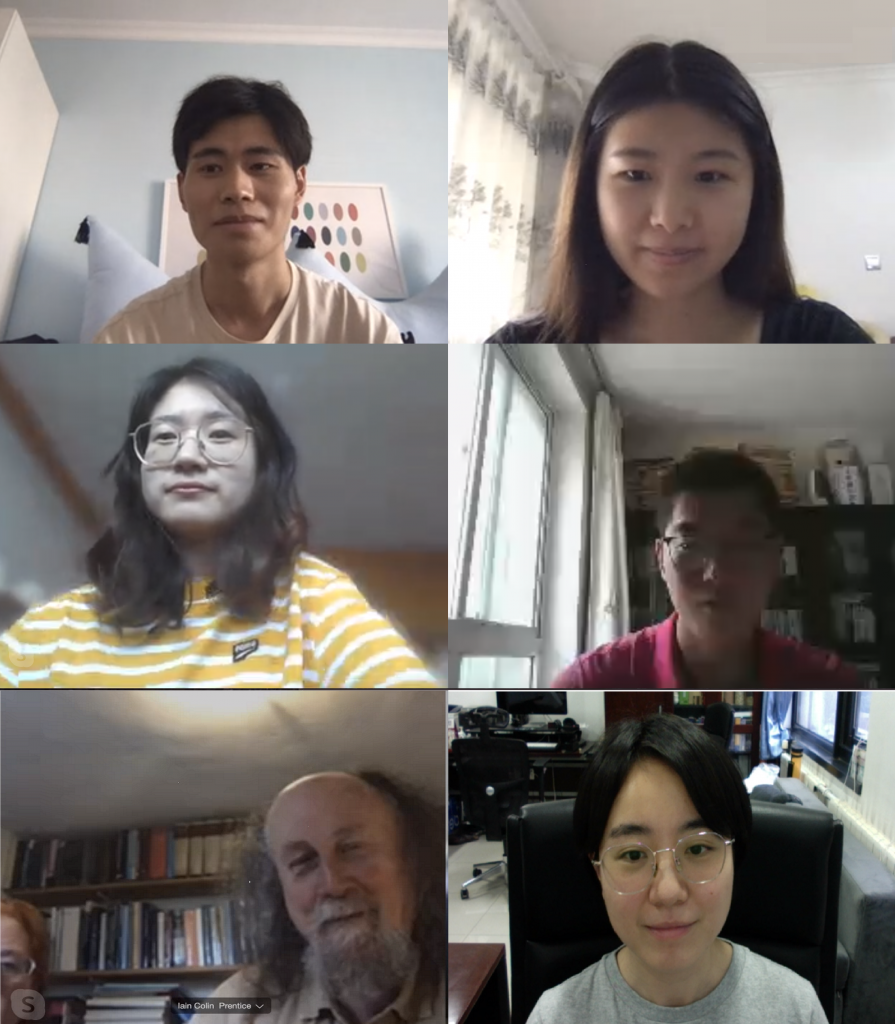This month I have been in Tsinghua virtually, working on a daily basis with the team in Earth Sciences: Han Wang, Huiying Xu, Shengchao Qiao, Yanghan Ren, Ziqi Zhu and Runxi Wang. We have been continuing with the analyses of photosynthetic and hydraulic traits from the Gongga Mountains (Huiying), finalising the analysis of morphometric traits based on the China Plant Trait Database (Runxi), and working on global conquest with the wheat model (Shengchao). It is good to see these studies and the manuscripts progressing! The work on the coordination of photosynthetic and hydraulic traits is very exciting because it is providing new theory that will be incorporated into the P model. The analysis of morphometric traits is beginning to provide explanations of the general patterns along climate gradients and how these are established primarily through species replacement. The global wheat modelling build of Shengchao’s publication earlier this year in Agriculture and Forest Meteorology (https://doi.org/10.1016/j.agrformet.2020.107932) but as usual we are frustrated by the comparative lack of good quality open access field data for model validation!
The two new students are working on the “third pole” of the Tibetan Plateau. Yanghan Ren is modelling plant growth and fluxes using the P model at two of the flux tower sites on the Tibetan Plateau, while Ziqi Zhu is analysing the climate and environmental drivers of recent changes in vegetation cover, as measured by NDVI, across the Plateau. There’s a lot of work to do here but we are beginning to see some patterns emerging.
Working virtually does not have the delights of our normal stay in Beijing — no hotpot dinners, no visits to Starbucks, and no jazz clubbing — but on the other hand these intensive sessions are productive. Still I am keeping my fingers crossed that we will be back in Tsinghua in the not too distant future. My thanks, as ever, to the Tsinghua Tiger Team.


